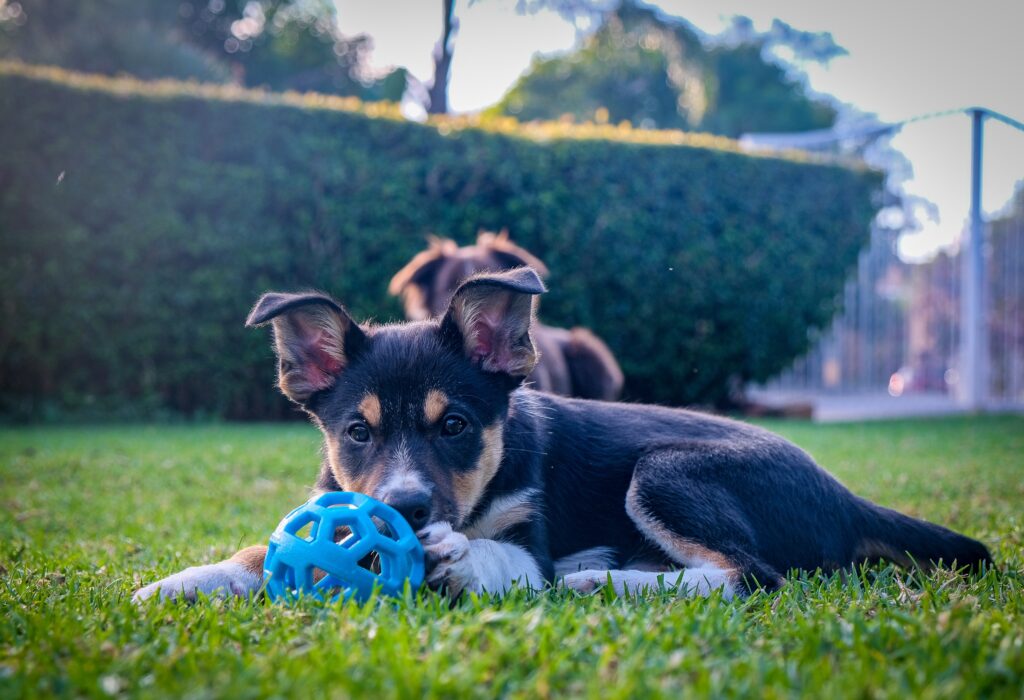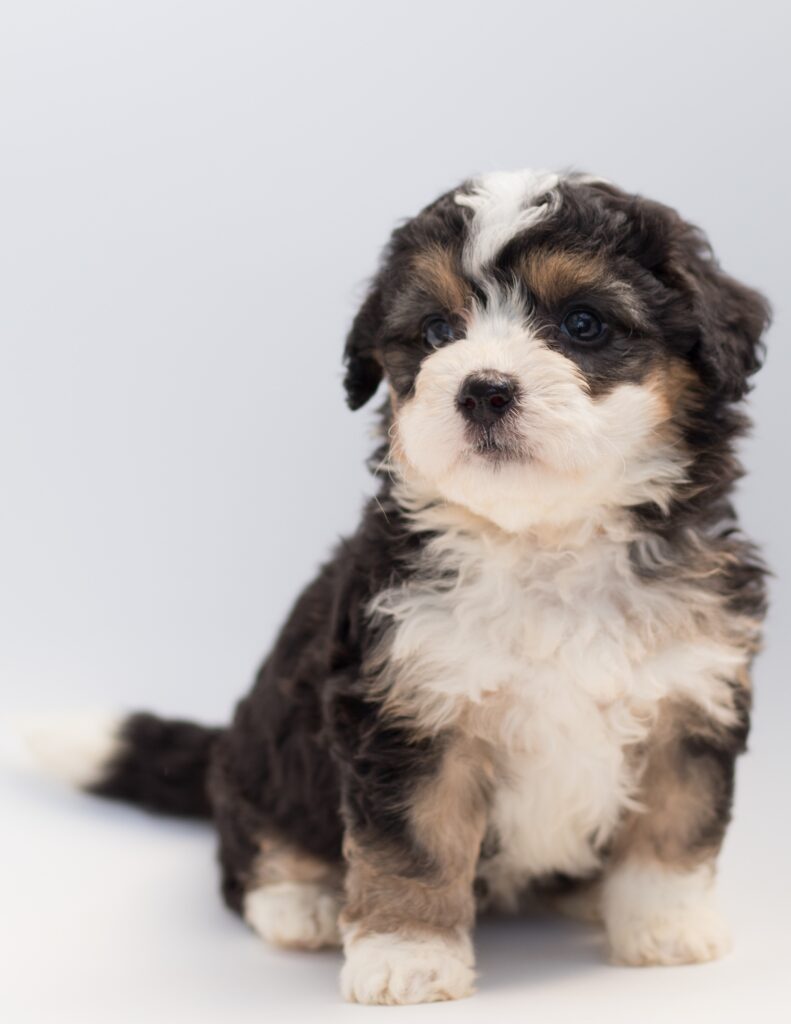Bringing a new puppy home is an exciting time in life. The joy of welcoming a furry family member is unparalleled. However, as a new puppy parent, it’s essential to be prepared and have a solid training plan in place. In this guide, we’ll review the five essentials of puppy training that will set you and your new companion up for success.
Toilet Training: Establishing a Routine
Potty training is one of the most crucial aspects of training your puppy. To avoid accidents and frustration, it’s important to establish a routine early on. Pay attention to signals such as restlessness, whining, or disappearing when nature calls. These signs indicate that your pup needs to go potty.
To establish a routine, take your puppy out at specific times of the day, such as after meals, walks, or playtime. Consistency is key, so try to maintain a regular schedule. You can even set a timer on your phone to remind you. Remember, potty training takes time and patience, just like teaching human kids. Be consistent and reinforce positive behaviour.

Toilet Training: Creating a Safe Space
Crate training can be a valuable tool for your puppy’s training and well-being. It’s important to note that crate training is not about locking your dog up in a cage; instead, it provides them with a safe and secure space.
Start by introducing the crate gradually. Use a command like “go to bed” or “go to your crate” in a warm and comforting tone. The crate should never be used as a form of punishment. Instead, it should become a part of their routine. Crate training can help with separation anxiety, travel anxiety, and even aid in potty training. It provides your puppy with a sense of security and a designated space they can call their own.
Enrichment through Play: Teaching and Bonding
Playtime is not only enjoyable for your puppy but also an opportunity to teach and bond with them. Use playtime to teach patience and self-control. For instance, try taking away their toy and observe their reaction. If they remain calm, give the toy back and praise them. If they react negatively by tugging or biting, wait until they calm down before returning the toy.
In addition to play, you can use this time to teach your puppy basic obedience commands such as sit, stay, shake, and leap. These commands help build a connection with your dog and introduce them to the concept of learning. Toys and playtime can serve as rewards for good behaviour and can be used to teach more advanced tricks in the future.

Treats: Motivation in Moderation
Treats can be a useful tool for training your puppy, but it’s important to use them in moderation. Puppies are often food motivated, making treats a powerful motivator. However, be cautious not to overfeed your puppy. Stick to veterinarian-approved dog treats and avoid relying on human food.
Strategic use of treats can reinforce positive behaviour. Instead of scolding or punishing your puppy, focus on rewarding the behaviours you want to encourage. Use praise, playtime, and treats in small amounts to let them know they’re doing a great job.
Positive Reinforcement: Building a Happy Home
The purpose of training your puppy is to establish boundaries and reinforce good behaviour by helping them understand what you want from them. Punishment doesn’t help with this. Instead, focus on rewarding the behaviours you want to see more of. Use praise, playtime, and treats as rewards to create a happy and harmonious home environment.
Remember, training takes time and effort. Be patient, consistent, and always approach your puppy with love and kindness. Celebrate every milestone and progress your puppy makes along the way. With these essential puppy training tips, you’re well on your way to having a well-behaved and happy pup.
In conclusion, bringing a new puppy into your home is an exciting adventure. By focusing on the five essentials of puppy training – potty training, crate training, enrichment through play, treats in moderation, and positive reinforcement – you can lay a solid foundation for your puppy’s growth and development. Embrace the journey of training your new furry family member, and enjoy the bond that will flourish as you both learn and grow together.
Remember, the key to successful puppy training is patience, consistency, and lots of love. With proper training, you’ll set your puppy up for a lifetime of good behaviour and a strong relationship with you. So, embrace this exciting time, enjoy the process, and watch your new puppy thrive in their new home!
If you have any further questions or need more guidance on puppy training, don’t hesitate to consult with your veterinarian or seek assistance from professional dog trainers. Happy training and best wishes for a wonderful journey with your new furry companion!
